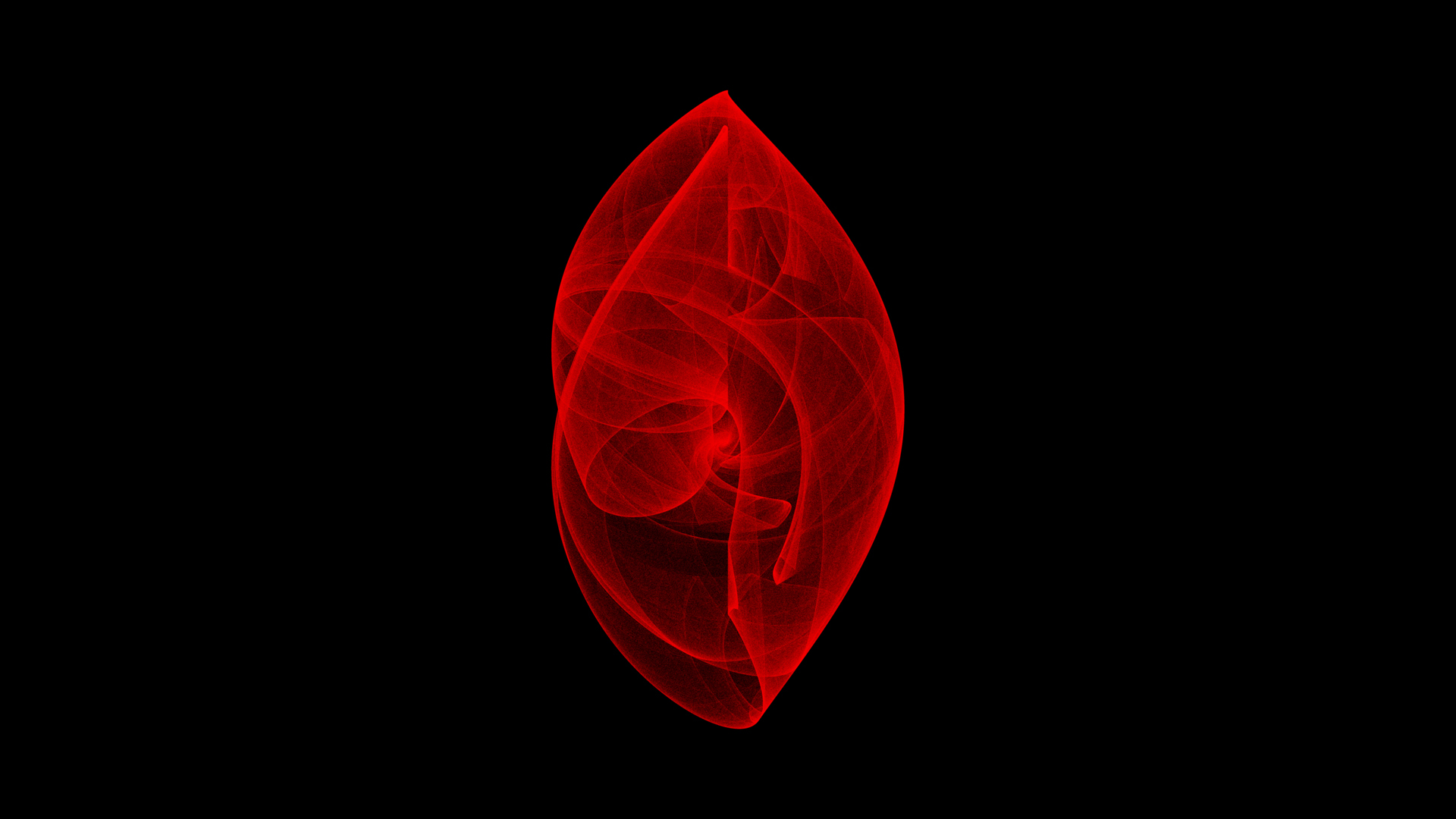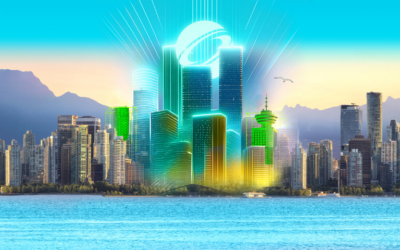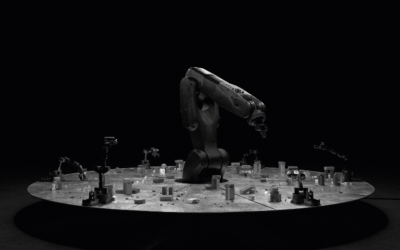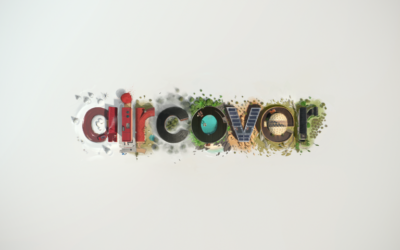I recently had the chance to talk with Cynthia Beth Rubin about her role as the Chair for the Digital Arts Community (DAC). She feels her job, as well as her committee’s role, is to encourage and support dialogue where the ACM SIGGRAPH community can have intellectual exchanges in the area of the arts. She feels her role is a bridge between our community’s tech side and our art side.
The DAC Committee worked this past year on defining their mission.
DAC is to foster the evolution of a strong year round digital arts community within the international organization and promote a dialogue between visual artists and the larger ACM SIGGRAPH community.
One of the areas DAC has done this is with their online exhibitions. Their exhibitions have been theme-based, which helps the art community to come closer to the technical community. Through the ACM SIGGRAPH Executive Committee, DAC is allowed to do two shows a year. Curators are selected for each show, and they set the tone for the submissions. They work together as a team to get the social media and publicity out about each show. By having their own translators in multiple languages (Korean, Chinese, Spanish, Portuguese, French, and English), their shows reach a wider audience. They are adding the Japanese translations to their new event. They are also doing text correction/international outreach on submissions, as they have had multiple people outside of North America submitting.
Their next exhibition entitled, “Artworks in Science of the Unseen: Digital Art Perspectives” will go live next week. The exhibition thinks creatively about questions of scale and how unseen processes animate larger effects. They are exploring how technology alters how we experience our landscape and world. The co-curators of the exhibit are Phil J. Gough and Lindsay Zackeroff. DAC’s other exhibitions are also online if you haven’t had a chance to view them.
Another achievement made this past year is in the streamlining of the submission process and how the digital permissions are processed. Cynthia stated that artists do not have a reputation for their for notations and needed help with documenting their pieces. Deborah Cotton, ACM Copyright, Permission Coordinator and Stephen Spencer, ACM SIGGRAPH Director of Publications, were extremely helpful in interrupting ACM guidelines for permissions, especially how they related to the art community. They understood the idea of mashups and the need curators have to navigate with the artists. Cynthia remarked, “We have done a good job at moving this effort forward within the ACM community, and not only the ACM SIGGRAPH community. It was fun and challenging and we created a new awareness for documenting educators in the IP and documenting domain.”
Cynthia’s dream is “when people are writing CS papers, they will look at the videos and artwork and see if they can reference, ideas, examples of what they trying to document by looking at the way the artist use tools, imagery, color, and the next new tool to make their art.”



